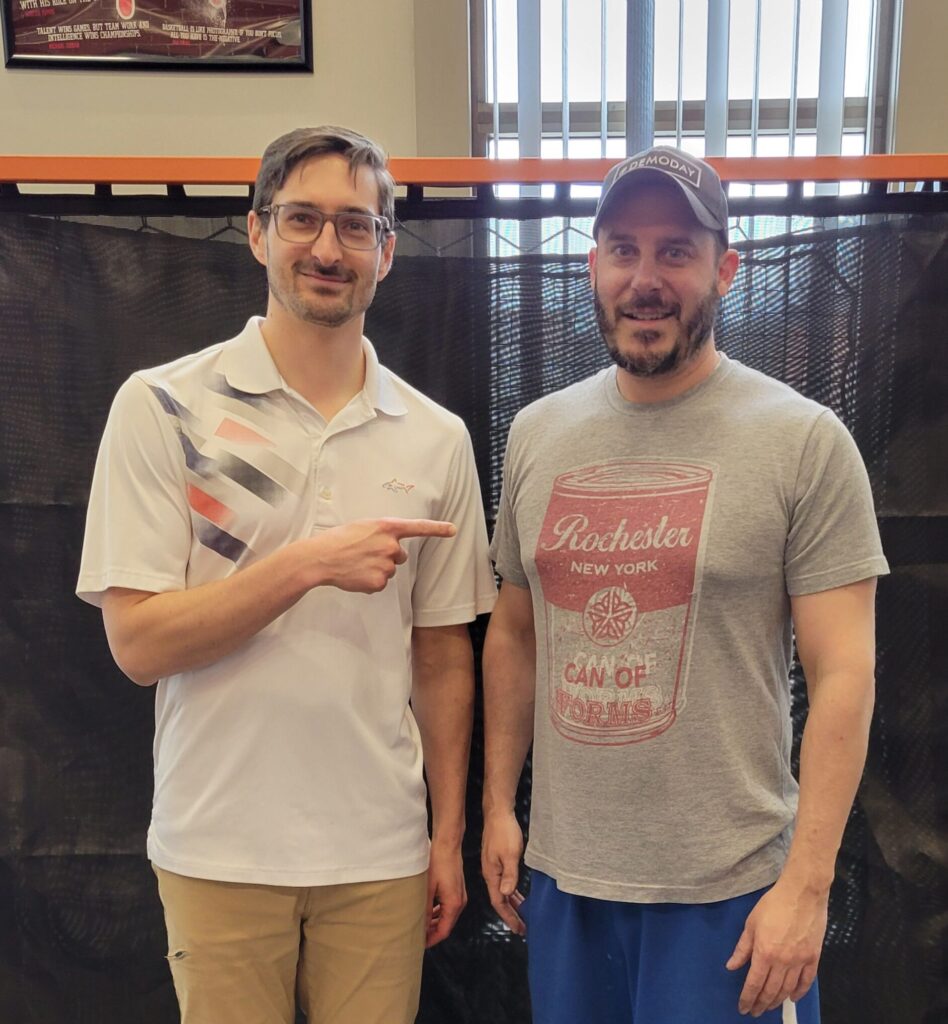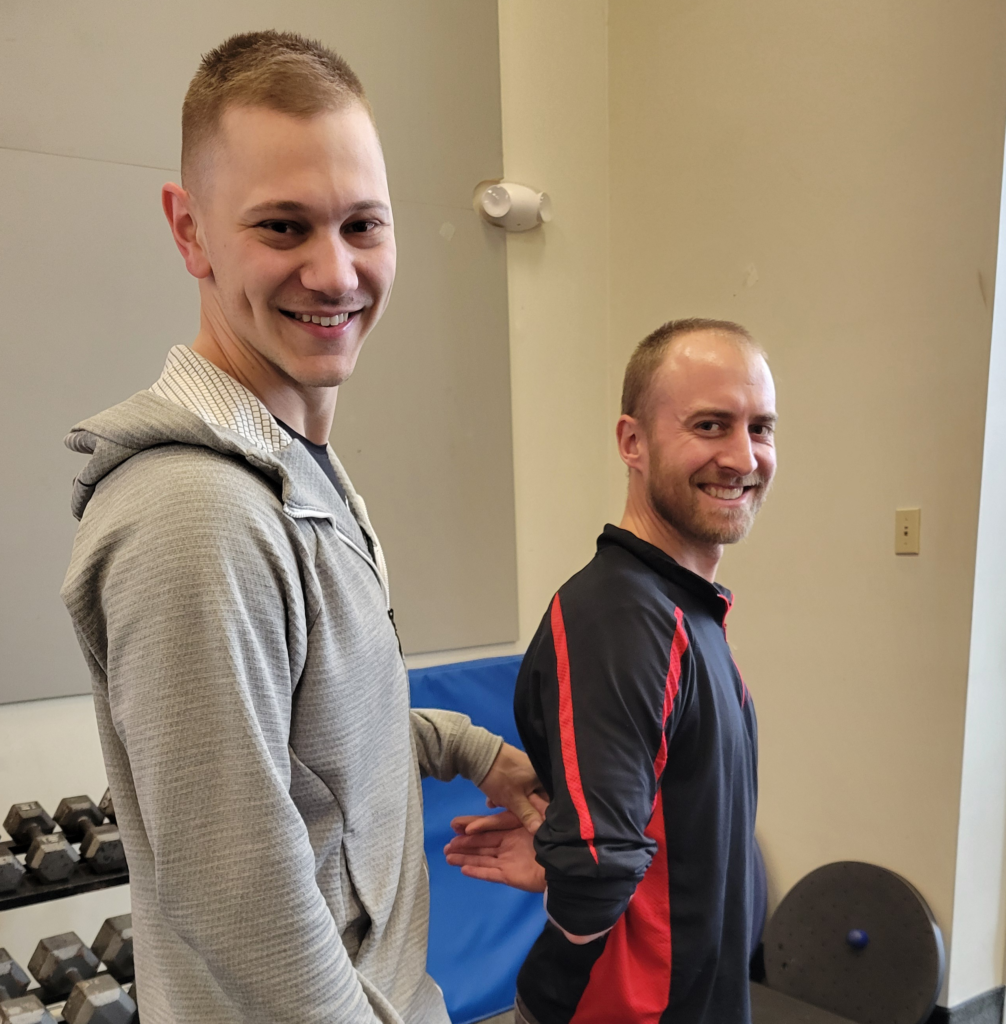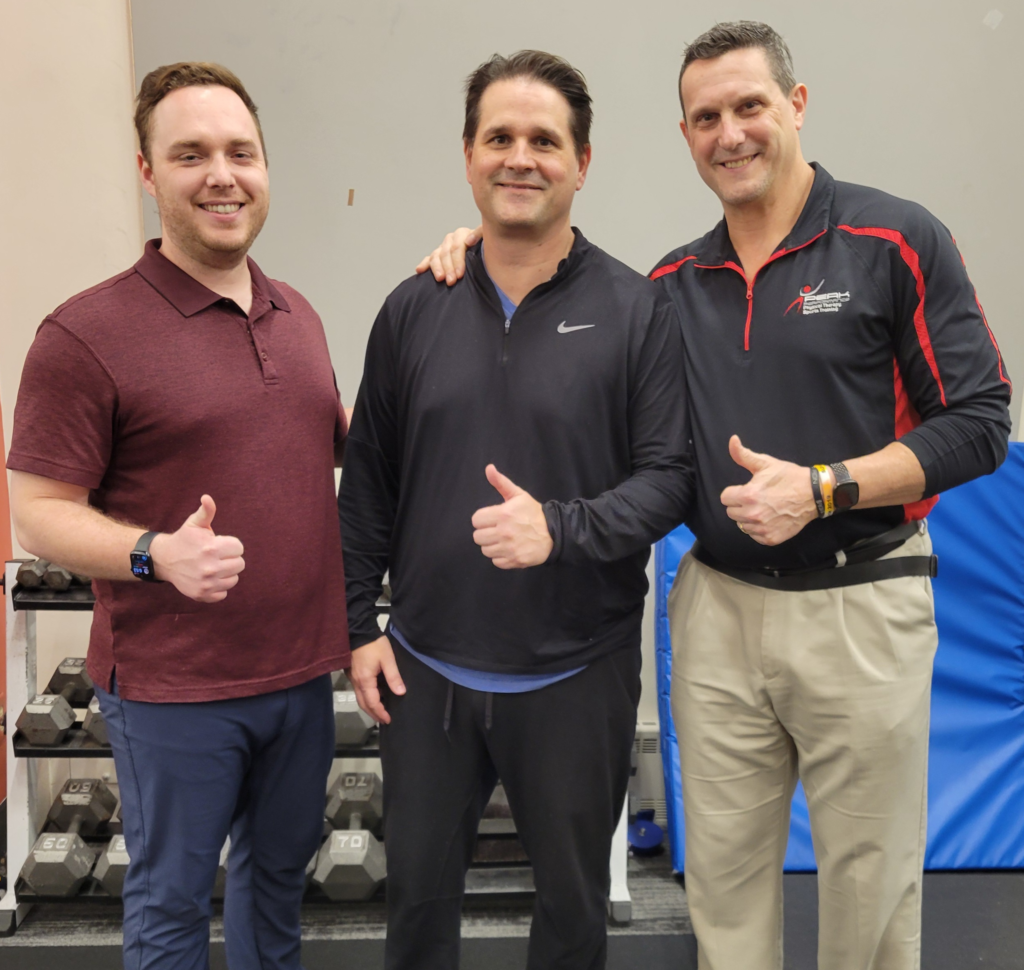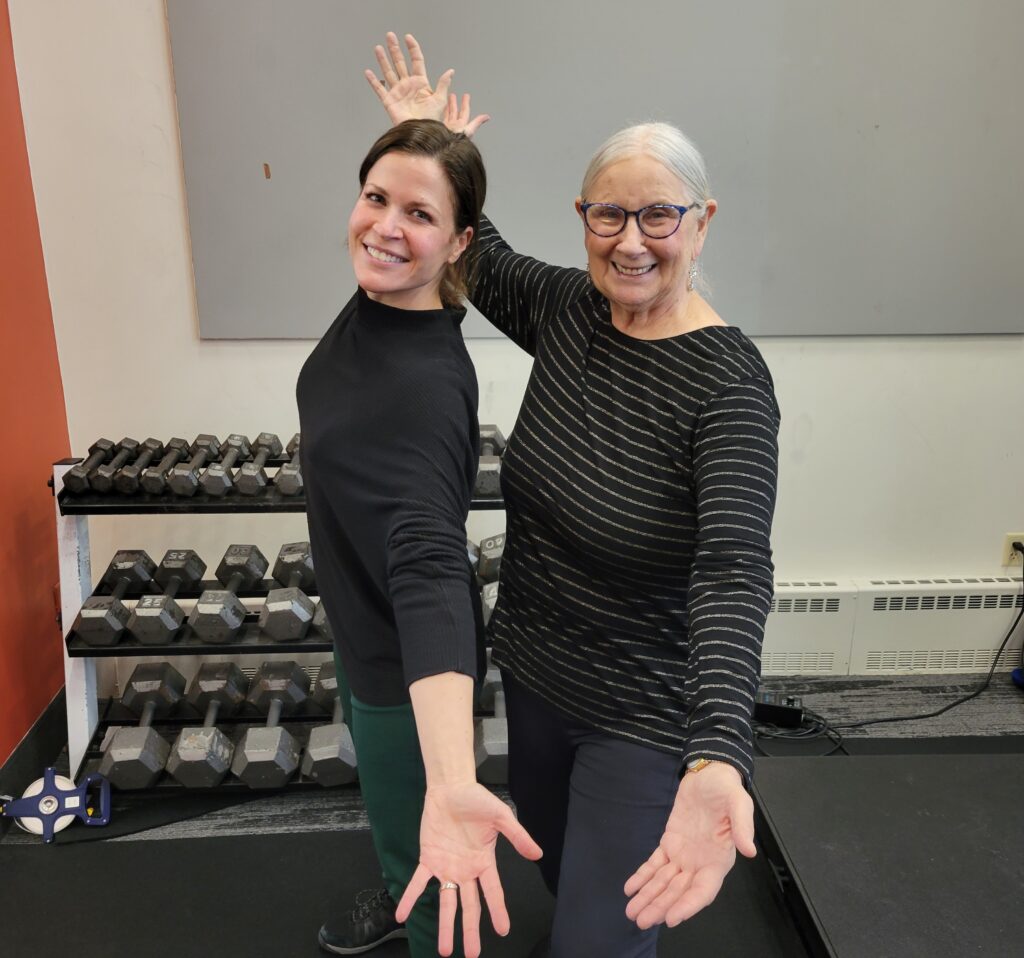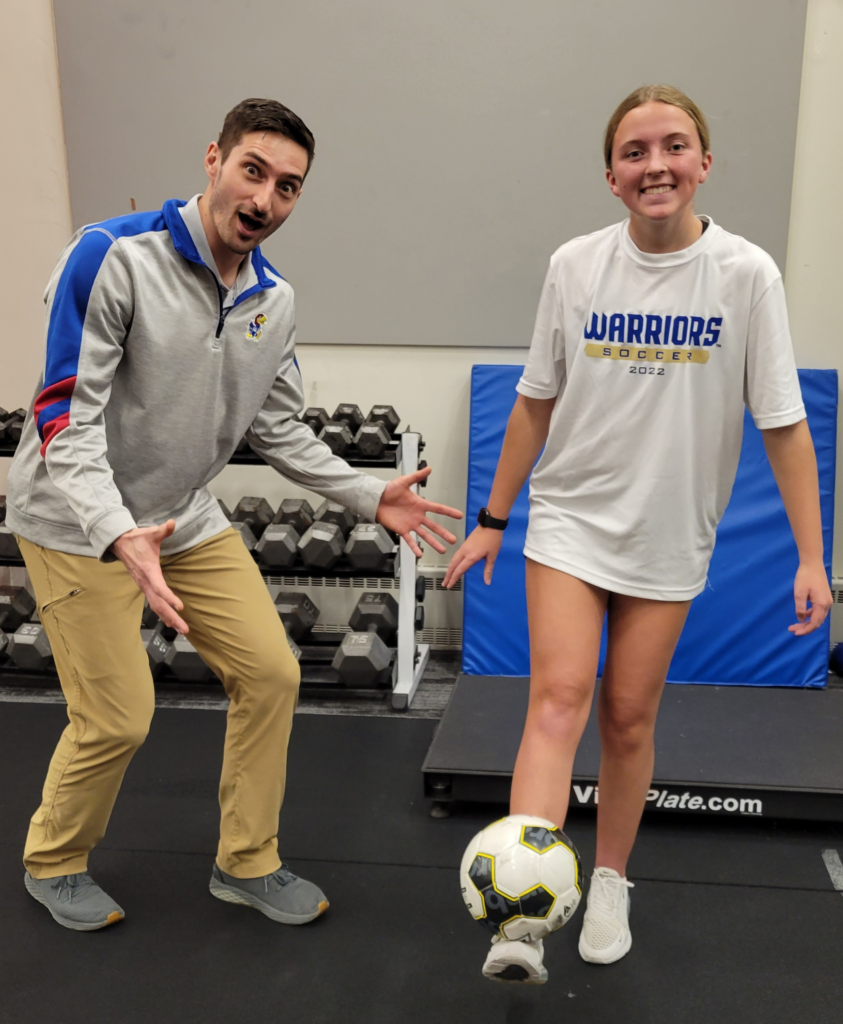At Peak Performance, we talk a lot about the blessings and curses of ACL reconstruction rehab protocols.
The first thing often thought of when those three dreaded letters, “ACL,” are heard is damage to the knee. And who wouldn’t think of the knee first? The ACL’s home is in the knee, right?
For far too many laypeople and even professionals, the ACL narrative doesn’t just start at the knee – it often STOPS at the knee! Learn about the more in-depth conversations we have at Peak Performance below.
Initial Considerations
The decisions made about how to stress the tissues at the knee are critical.
- What are ranges of motion safe?
- How fast or slow can I take it?
- When can I begin walking on the wrong leg?
- How much weight is right to put on it?
- When can I start strengthening safely?
- The list of questions goes on…
The first consideration is biology. That ACL graft used to replace the damaged ligament needs the proper time and control of forces to heal correctly. Maybe surprisingly, If tissue stresses are too low, the tissues are not stimulated enough to strengthen and mature, leading to poor outcomes. On the more obvious side – too much pressure on the healing graft can lead to gradual stretching and even failure… Patients can’t be expected to know what those boundaries are themselves. That’s where expert PTs come into play.
Beyond the ACL
Consider where the ACL attaches in the grander scheme of your entire leg. From above, it starts on the femur (thigh) bone, and below, it inserts onto the tibia (lower leg) bone. Along with other knee ligaments, its job is to help hold those bones together, forming the knee joint. But the ACL is explicitly responsible especially for limiting forward translation of the lower leg on that thigh bone and controlling and restricting excessive twisting and sideways bending of the knee. It’s a super important ligament that gets stressed often and, unfortunately, commonly injured (i.e., torn).
So many parents, coaches, athletes, and, unfortunately, professionals think too narrowly about the ACL. The attention is exclusively or at least too frequently on the knee itself. When the focus does include other joints and muscles, too often it’s done lying on a table or sitting in a chair – pretty foreign places for the knee when it comes to the high loads of sport or recreational movements that caused the injury to begin with.
Here are some Biomechanics 101 considerations patients and professionals must take into account carefully to optimize recovery from an ACL reconstruction surgery. You must understand the mechanism of injury that often occurs. Often, that involves a Dynamic Valgus or a “knock-knee” inward collapse of the knee during deceleration or change of direction. It could be cutting during a sport, landing a jump and getting bumped off-center, or even a misstep and slip while hiking. Sometimes it’s not even an impressively large way of giving way. Sometimes there’s a loud “pop,” and even the people nearby know something terrible just happened.
Either way, the key is understanding that the hip above and the ankle below directly influence the knee and the ACL. Why is that? One undeniable reason is that the thigh bone(femur) also helps form the hip above. The lower leg bone (tibia) begins at the ankle below. Each of those joints has numerous muscles that control motion locally, but many cross two joints, including the knee. The forces that affect the ankle and hip contribute to muscle demands there — movements of any of those bones impact knee forces.
Even the opposite leg and the trunk and arms can influence the forces in the knee and that ACL. We call this connectedness the “kinetic chain” – it’s simply a way of reminding us that these connected body segments all influence each other. “ACL rehab” needs to include the performance ability of these different body parts specifically and especially understand shortcomings elsewhere that can place excess demand on the ACL.
Our Method is Different
At Peak Performance, we approach ACL rehab differently. While we understand what needs to happen to the knee, we also work on other areas of the patient’s body. Because of our functional biomechanics background, we make sure to go up and down the chain of an athlete’s body to work at identifying how well those connected segments are working.
A few of the common issues we’ve found in our patients include the same foot collapsing in (overpronating) too far, too much, or too fast – all of these can cause the knee to buckle inwards. Another is having a thigh bone that turns inward excessively due to anatomic changes or weakness, which can cause the knee to collapse inward. We’ve even encountered patients who lost movement in the opposite leg due to old ankle sprain injuries. They didn’t realize they lacked bending motion to squat normally, causing them to lean abnormally into the side they’d just injured.
These various issues can cause the knee to be driven into motions that put the ACL under duress – stresses that the knee’s quadriceps and hamstrings muscles can not adequately handle, eventually contributing to increased strain on the ACL
Most young athletes with an ACL surgery are usually getting back on the court or field – that’s not typically the problem. There certainly is a portion of those undergoing a reconstruction who don’t return to the same participation level. But to optimize chances of a successful recovery, we urge parents, coaches, athletes, and even physicians to ensure that rehabilitation addresses any of those lingering biomechanical risk factors so that the potential for reinjury is minimized. This cannot simply be hinging on whether someone is kicking their quads or pulling back well on some testing device. The function is the key. The more “authentic” (actual, life-like forces and demands) the exercise progressions are, the smaller the gap is to bridge from rehab to real life and sport. Expert rehab considers the nervous system’s role, joint mechanics, muscles, forces, injury mechanisms, sports position demands, and more!
Consult Peak Performance in Your Recovery
The decision to make your ACL rehab go as smoothly as possible is on you. We at Peak Performance will go beyond the traditional rehab process and limitations of protocols and treat you like an individual. That includes searching the body’s kinetic chain for any lingering shortcomings that need to be addressed.
Call Peak Performance at 585-218-0240 if you need help with your ACL rehab and would like to introduce a functional biomechanics approach to your recovery.

